
Copernical Team
Glenn's legacy of testing spacecraft spans from Apollo to Artemis
 In early 2020, NASA's Glenn Research Center achieved a major milestone for the Artemis Program by verifying that the systems on NASA's new Orion spacecraft functioned in a simulated space environment. Project manager Nicole Smith explained, "We like to say, 'we test like we fly." The center began testing spacecraft as they fly over 50 years earlier while preparing the Centaur stage to transport
In early 2020, NASA's Glenn Research Center achieved a major milestone for the Artemis Program by verifying that the systems on NASA's new Orion spacecraft functioned in a simulated space environment. Project manager Nicole Smith explained, "We like to say, 'we test like we fly." The center began testing spacecraft as they fly over 50 years earlier while preparing the Centaur stage to transport China conducts spaceplane flight test
 On Friday, China carried out a key flight test of its reusable suborbital spaceplane, according to China Aerospace Science and Technology Corp, the nation's leading space contractor.
The State-owned company said in a news release that the spaceplane started its own propulsion system and then conducted a vertical liftoff from the Jiuquan Satellite Launch Center in northwestern China's Gobi
On Friday, China carried out a key flight test of its reusable suborbital spaceplane, according to China Aerospace Science and Technology Corp, the nation's leading space contractor.
The State-owned company said in a news release that the spaceplane started its own propulsion system and then conducted a vertical liftoff from the Jiuquan Satellite Launch Center in northwestern China's Gobi NASA, SpaceX adjust Crew-5 launch date
 NASA and SpaceX are targeting no earlier than 12:45 p.m. EDT Monday, Oct. 3, for the launch of the agency's Crew-5 mission to the International Space Station. The date adjustment allows for extra separation with spacecraft traffic coming to and from the space station.
Crew-5 will carry two NASA astronauts Mission Commander Nicole Mann and Pilot Josh Cassada, along with JAXA (Japan Aerospac
NASA and SpaceX are targeting no earlier than 12:45 p.m. EDT Monday, Oct. 3, for the launch of the agency's Crew-5 mission to the International Space Station. The date adjustment allows for extra separation with spacecraft traffic coming to and from the space station.
Crew-5 will carry two NASA astronauts Mission Commander Nicole Mann and Pilot Josh Cassada, along with JAXA (Japan Aerospac Northrop Grumman's boosters ready to launch Artemis to Luna
 Two Northrop Grumman Corporation (NYSE: NOC) five-segment solid rocket boosters will help launch the first flight of NASA's Space Launch System (SLS) rocket from Pad 39B at Kennedy Space Center, Florida as early as August 29, 2022, as part of the Artemis I mission. Manufactured at Northrop Grumman's northern Utah facility, the world's largest rocket boosters will provide over 75 percent of the r
Two Northrop Grumman Corporation (NYSE: NOC) five-segment solid rocket boosters will help launch the first flight of NASA's Space Launch System (SLS) rocket from Pad 39B at Kennedy Space Center, Florida as early as August 29, 2022, as part of the Artemis I mission. Manufactured at Northrop Grumman's northern Utah facility, the world's largest rocket boosters will provide over 75 percent of the r Terran Orbital concludes final launch preparations for LunIR
 Terran Orbital Corporation (NYSE: LLAP), a global leader in satellite solutions, primarily serving the United States and Allied aerospace and defense industries, has concluded final launch preparations for LunIR. The groundbreaking lunar satellite will launch aboard NASA's Space Launch System (SLS) as part of the Artemis I mission. The rocket is set to launch from Kennedy Space Center on August
Terran Orbital Corporation (NYSE: LLAP), a global leader in satellite solutions, primarily serving the United States and Allied aerospace and defense industries, has concluded final launch preparations for LunIR. The groundbreaking lunar satellite will launch aboard NASA's Space Launch System (SLS) as part of the Artemis I mission. The rocket is set to launch from Kennedy Space Center on August 'Sight to behold': tourists flock to Florida for Moon rocket launch
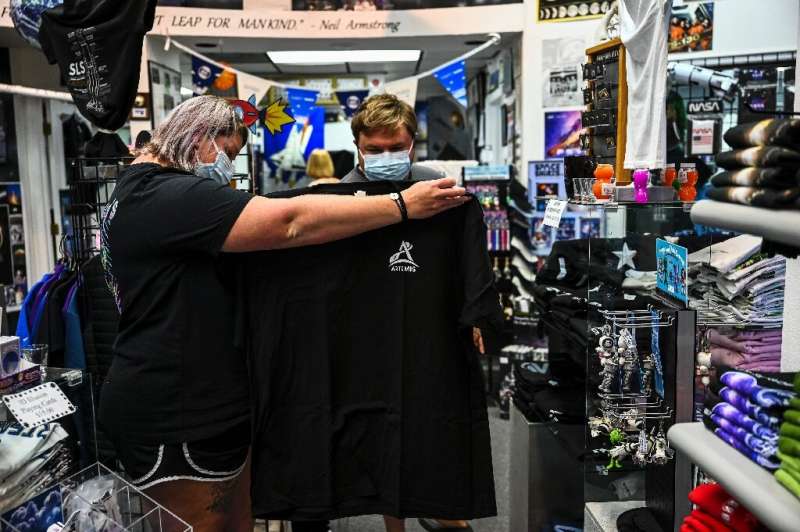
Seeing a rocket blast off to the Moon is "a once-in-a-lifetime thing to experience," says Joanne Bostandji.
The 45-year-old has traveled all the way from northern England to Florida with her husband and two children for a space-themed vacation, and they're prepared to make sure they don't miss a second of the action as NASA's newest and most powerful rocket is scheduled to launch for the first time Monday.
"The plan is to drive very early in the morning and get a spot" on Cocoa Beach, she said, not far from the Kennedy Space Center.
"I know it's going be from a far distance, but I still think it's going be a sight to behold," Bostandji told AFP as the family waited to enter a park dedicated to space exploration.
To the Moon and beyond: NASA's Artemis program
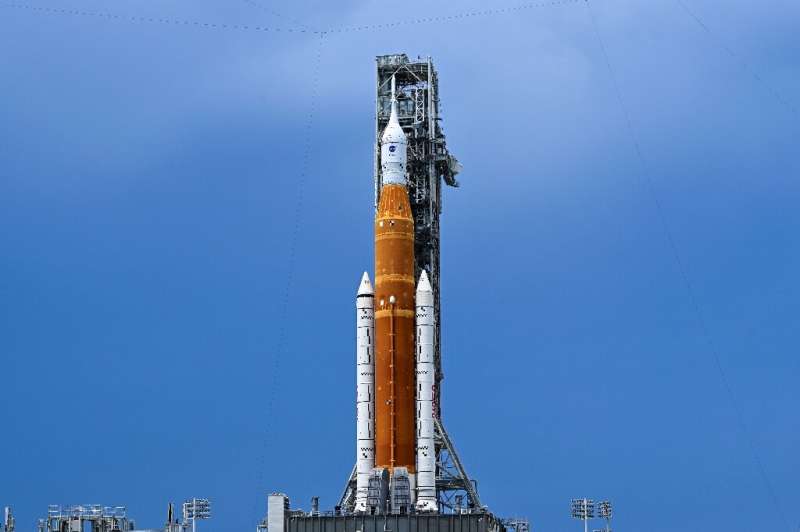
The Artemis program is NASA's plan to return humans to the Moon as a stepping stone for an eventual voyage to Mars.
Twelve men walked on the Moon between 1969 and 1972 and one of the goals of Artemis is to put the first woman and person of color on the lunar surface.
The first test flight of an uncrewed Artemis rocket is to take place on Monday.
The name Artemis was chosen to echo that of the Apollo program.
Artemis, in Greek mythology, was the twin sister of Apollo and a goddess associated with the Moon.
Here is an overview of the Artemis program:
Artemis 1: test flight
Artemis 1 is a test flight of the 322-foot (98-meter) Space Launch System rocket and the Orion crew capsule that sits on top.
Blastoff is scheduled for 8:33 am (1233 GMT) on Monday from the Kennedy Space Center in Florida.
How to watch NASA's Artemis I moon rocket launch: TV schedule, streaming info
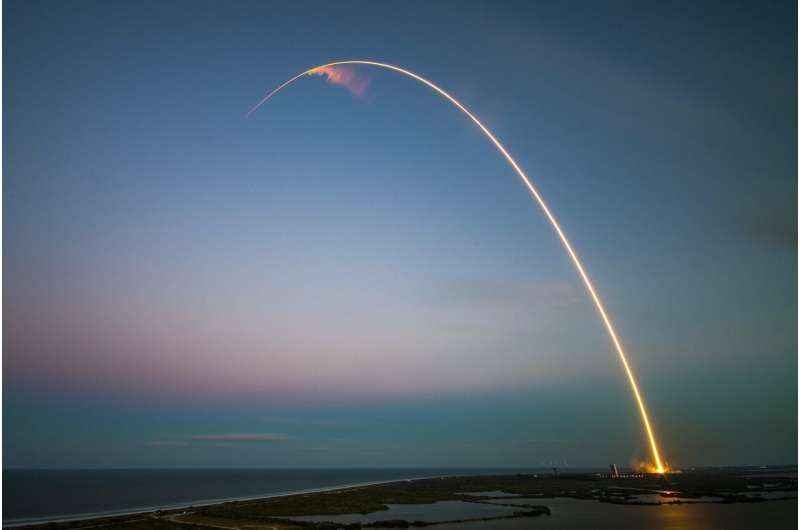
Fifty years after the last Apollo mission, NASA is again aiming for the moon. The Artemis I mission will blast off Monday morning from Kennedy Space Center in Cape Canaveral, Florida.
"Artemis I will be an uncrewed flight test that will provide a foundation for deep-space exploration and demonstrate our commitment to extend human existence to the moon, and on to Mars," Stephanie Schierholz, NASA press secretary, said at a briefing this month.
Monday's launch will be the first in a series of "increasingly complex" missions that will culminate with a manned moon landing planned for 2025. NASA has said the Artemis missions will include the first woman and first person of color to land on the moon.
NASA workers have spent the past several days staging the massive rocket on its pad and preparing it for launch. The mission will take 42 days, three hours and 20 minutes to complete, according to NASA. The Orion spacecraft is set for splashdown near Baja, California, after it returns from orbiting the moon on Oct. 10.
NASA Artemis I launch schedule
Seeds in space: Plant research on Artemis I mission
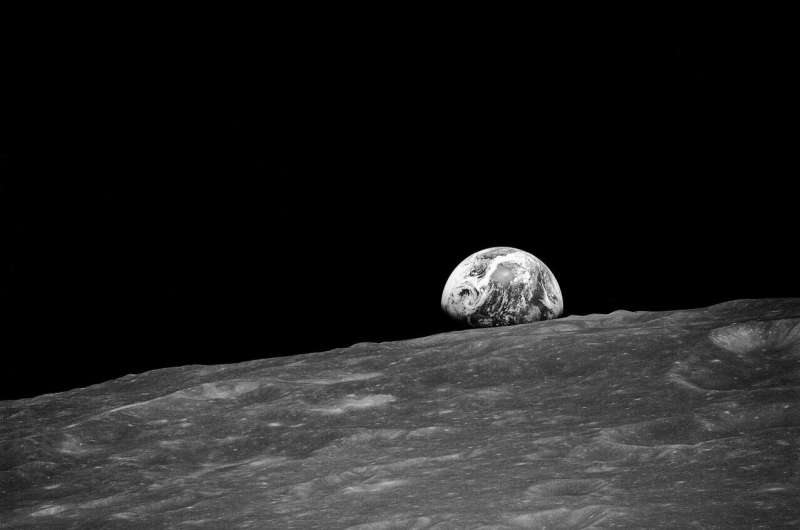
How will we grow food in space? That's one question Michigan State University's Federica Brandizzi has been particularly interested in solving.
Brandizzi, an MSU Foundation Professor in the College of Natural Science and the MSU-DOE Plant Research Laboratory, will be sending seeds on the Artemis I mission to better understand how to grow food during space travel.
"This is really about understanding how we can establish and sustain life outside of this planet," Brandizzi said. "We need to have plants that can survive long-term space travel for generations."
But plants grow differently in space than they do on Earth. Over the past few decades, scientists have been working to compensate for those changes by getting a better understanding of plant biology and development away from our home planet.
From previous experiments, scientists have learned that space flight affects organisms' building blocks like amino acids that keep seedlings strong on Earth. The same amino acids would also be nutritious for people who eat the plants.
So Brandizzi's lab has selected seeds that are enriched with those amino acids and is sending those into space along with regular seeds.
Artemis launch brings us closer to space exploration goals
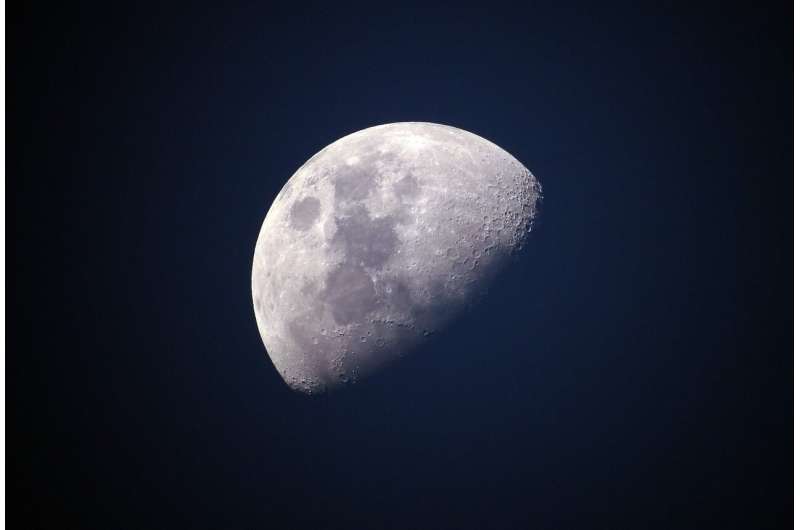
On Monday, Aug. 29, NASA plans to launch its Orion spacecraft from the world's most powerful rocket for a trip around the moon. This launch of the uncrewed Artemis 1 mission is a step toward the goal of landing people on the moon in 2025.
"With a successful launch of Artemis 1, NASA and the U.S. will reclaim the capability to launch humans to the moon," said Bradley L. Jolliff, the Scott Rudolph Professor of Earth and Planetary Sciences in Arts & Sciences at Washington University in St. Louis and director of the McDonnell Center for the Space Sciences.
"We lost that capability nearly 50 years ago when the last of the Saturn V rockets were retired after the Apollo 17 mission. Artemis 1 will pave the way for the next generation of astronauts to once again explore a world other than our own."
Artemis represents the next great leap in human exploration of space, beginning with a sustainable return to the moon, Jolliff said.
"In this case, 'sustainable' means that the Artemis missions will not be Apollo-like sorties," he said.
